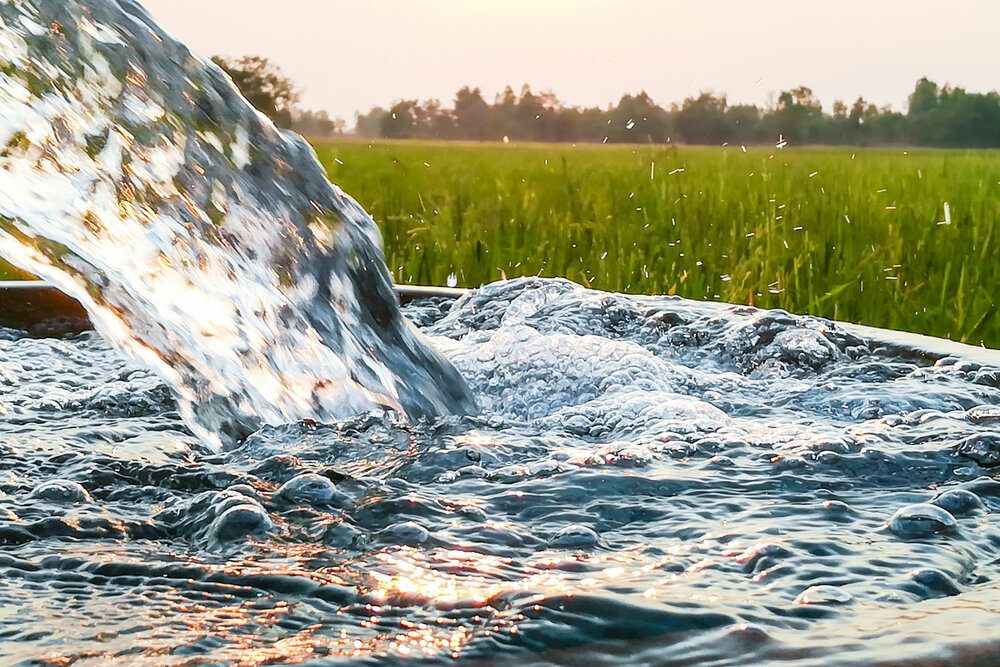‘It’s simplistic to believe that recent floods recharge groundwater resources’

TEHRAN — Believing that groundwater resources will be simply recharged after recent floods is simplistic and unscientific, head of groundwater resources department at Qom Province Regional Water Company has said.
Despite heavy rainfalls in the past month in many provinces including Qom it is necessary to let the public know that groundwater resources will not be recharged and water shortages are not compensated, ISNA news agency quoted Reza Mohammadi as saying on Tuesday.
He went on to explain that water cycle [also known as the hydrologic cycle or the hydrological cycle] describes how water evaporates from the surface of the earth, rises into the atmosphere, cools and condenses into rain or snow in clouds, and falls again to the surface as precipitation.
Rainwater either soaks into the ground to become groundwater, evaporates, or flows over the surface of the land which is called runoff, Mohammadi added.
According to study.com rainwater that falls on land either seeps into the ground or it becomes runoff. Runoff is water that flows from the land into bodies of water like streams, rivers and lakes. There are several factors that determine whether rainwater seeps into the ground or runs off. One is the type of surface the rain lands upon. If the soil is porous and sandy, water can often soak in easily. Soils that are clay-based are more difficult for water to seep into. When rainfall lands on pavement, it can't soak in and will most likely be funneled into systems made for runoff.
The amount of rain also can determine whether it soaks in or not. If there is an enormous amount of rain in a short amount of time, even if the soil is sandy, the rainfall won't have time to soak in. In this case, runoff can be extreme and flooding occurs. The topography of the land also dictates the path of rainwater. It will flow downhill if the landscape is uneven, often running into existing streams and rivers. Eventually, some of the rainwater will end up evaporating back into the atmosphere as a part of the water cycle.
Mohammadi went on to say that in an arid province like Qom some 84 percent of the rainwater will evaporate, so that at best only 10 percent of the rainwater will seep into the ground.
“That we assume increased rainfall would recharge all groundwater resources and solve water shortages in unscientific and simplistic, groundwater resources that have been depleted over the years were formed after hundreds of years and one or two years of increased precipitations won’t compensate the shortages,” he noted.
Implementing explicit and effective policies in managing water supply and consumption based on available water resources would help in sustainable use of water, he concluded.
Based on the latest data published on Monday by National Drought Warning and Monitoring Center affiliated to Iran’s Meteorological Organization since the start of the current water year (September 23, 2018) the whole country received 290.1 millimeters of rain.
The number amounted to 114.1 millimeters in the previous water year and 198.3 millimeters in the long-term, the data indicated. The numbers show a drastic increase of 154.3 percent compared to last water year. It also reveals a 46.3 percent increase compared to long-term means.
MQ/MG
Leave a Comment